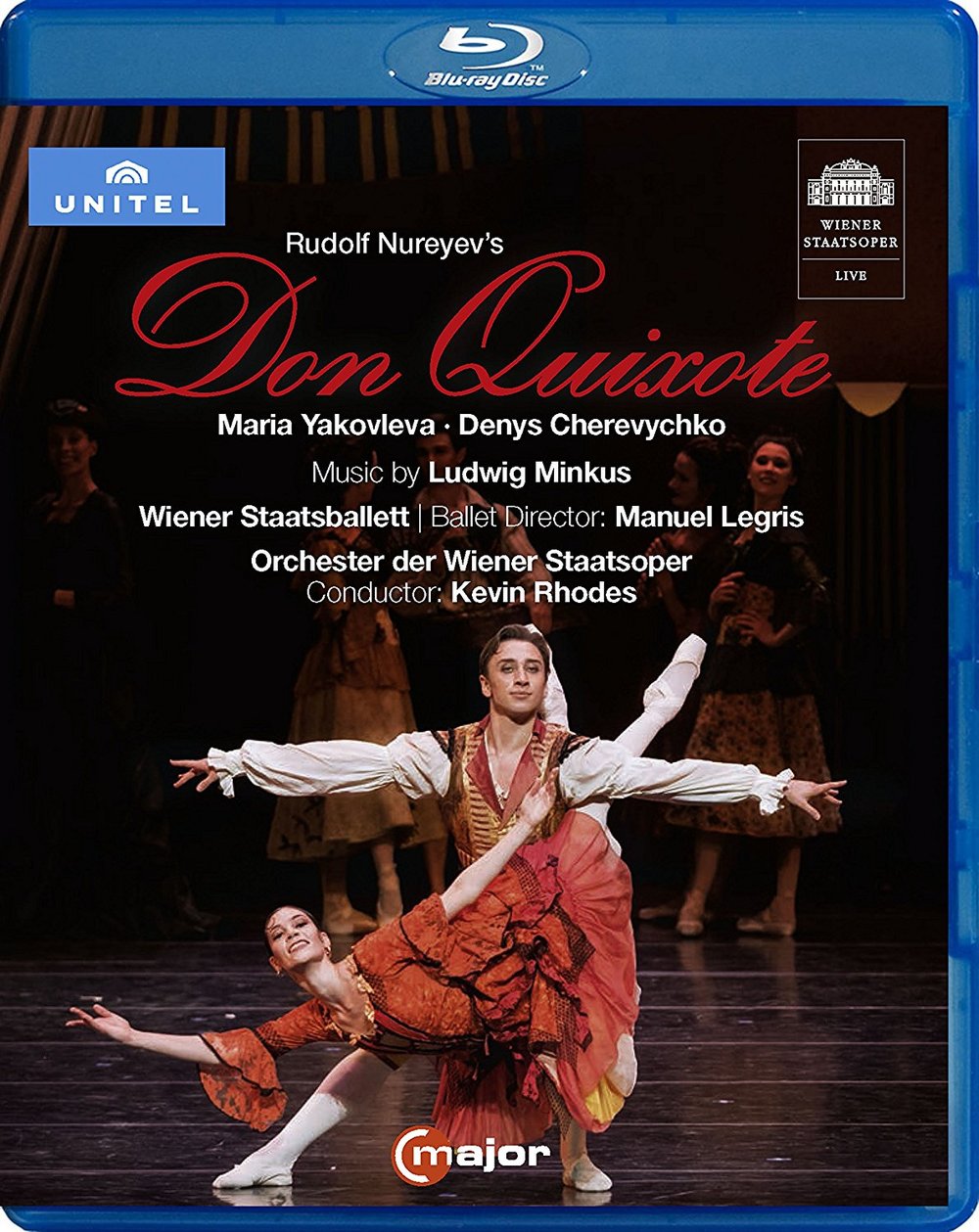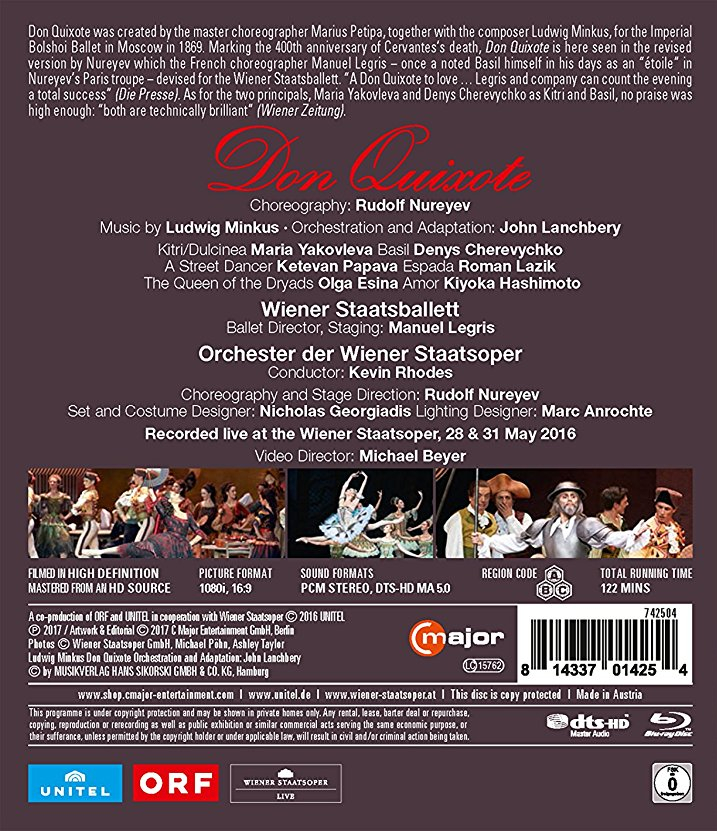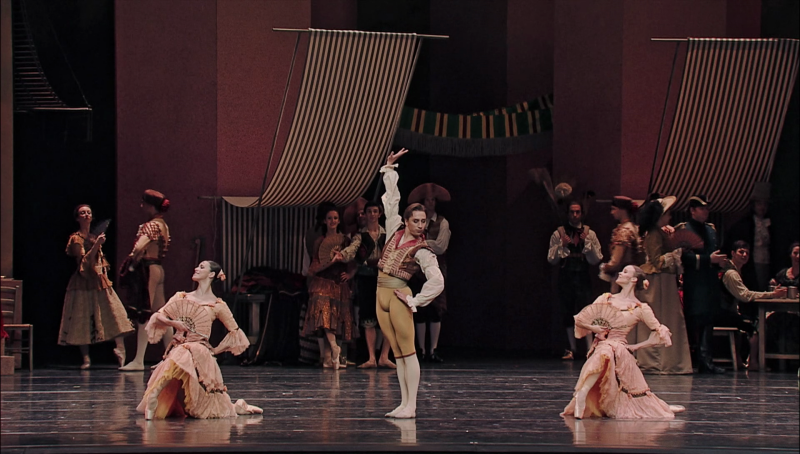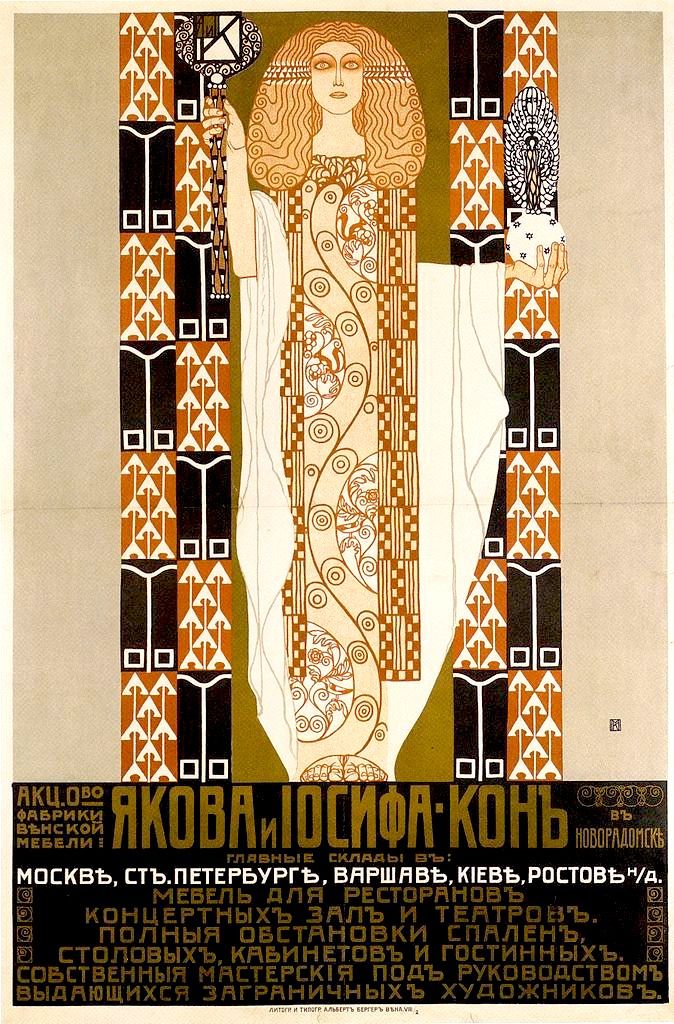

Don Quixote ballet. Music by Ludwig Minkus arranged by John Lanchbery. Choreographed by Rudolf Nureyev after Marius Petipa. Staged 2016 by Manuel Legris at the Wiener Staatsballett. Stars Maria Yakovleva (Kitri/Dulcinea), Denys Cherevychko (Basilio), Ketevan Papava (A Street Dancer), Roman Lazik (Espada), Olga Esina (The Queen of the Dryads), Kiyoka Hashimoto (Amor), Kamil Pavelka (Don Quixtoe), Christoph Wenzel (Sancho Panza), Gabor Oberregger (Lorenzo), Andrey Kaydanovskiy (Gamache), Alice Firenze, Nina Tonoli (Kitri's friends), Igor Milos, Beata Wiedner (Two aged Gypsies), Mihail Sosnovschi, Rebecca Horner, Erika Kováčová (Gypsies), Gala Jovanovic, Oxana Kiyanenko, and Laura Nistor (Three Dryads), Natascha Mair (First Bridesmaid), plus Marat Bavletshin and Keata Wiedner (Caregivers). Kevin Rhodes conducts the Orchester der Wiener Staatsoper. Set and costume design by Nicholas Georgiadis; lighting design by Marc Anrochte. Directed for TV by Michael Beyer. Released 2017, disc has 5.0 dts-HD Master Audio sound. Grade: A-
In January, 2018 Rob Maynard wrote an excellent review of this title for www.musicweb-international.com with detailed information about the Nureyev version of the Don Quixote ballet. He concludes that subject title Blu-ray is the best video available of the Nureyev version of this ballet. We agree (as of May 2020, there are still only 4 versions available).
Kamil Pavelka as Don Quixtoe and Christoph Wenzel as Sancho Panza manage to amuse without appearing too serious or too silly (a trick surprisingly difficult to pull off). You will recall that Don Quixtoe is inspired by the spirit of Dulcinea to go forth in the world saving maidens in distress:
Spunky Maria Yakovleva as Kitri:
And next below we see the personable Denys Cherevychko as Basilio with Alice Firenze and Nina Tonoli as Kitri's friends (they look here like twins but they aren't):
The original Don Q was imagined in the time of Shakespeare, but the ballet is usually updated by centuries. Designer Georgiadis states in the keepcase booklet that he set this DQ in Spain in the "happy" Goya era. Did you know that Goya was once happy? Well, one of the most glorious paintings in the Prada museum is the Quitasol (The Umbrella) painted by Goya when he was 31:
There wasn't enough light on the stage in Vienna to come up with anything as colorful as the Quitasol. Maybe the portrait below of Manuel Godoy, painted by Goya in 1801, is what Georgiadis had in mind:
Below see Roman Lazik as the toreador Espada:
And on the far right in black is Andrey Kaydanovskiy as Gamache, the wealthy but prissy landowner that Kitri refuses to marry:
We think Act 1 in the "standard" version of DQ runs too long and starts to get wearisome. Nureyev trims it so he can expand his Act 2. Finishing Act 1 is the Basilio/Kitri pas de deux below:
Nureyev's brilliant Act 2 opens with a delicious anti-pas de deux. The sweethearts have disobeyed Kitri's father and run away. Now that they can do anything they want, what exactly, they ponder, are they supposed to do?
But before the youngsters can get something going, they discover they have stumbled into a camp of Gypsies! The Gypsies know how it feels to be oppressed. In exchange for Kitri's gold earring, they give the hapless lovers shelter and cover:
Followed by the most elaborate Gypsy dancing you ever saw:
Our Don manages to follow the lovebirds into the Gypsy camp. There he sees the working windmill (sort of) that Georgiadis manages to erect on stage. We see famous duel between man and mill (sorry, too dark for screenshots) that leaves poor Don exhausted in deep sleep. There he is rewarded for his gallantry with one of ballets most exalted scenes (in the hands of Nureyev anyway) — an honor review performed by a corps of Dryads, their Queen, Amor, and Dulcinea herself! In the next shot below we see Yakovleva doubling as Dulcinea (center) and Olga Esina as The Queen of the Dryads (center on second row):
And behold in the next view in pale yellow tutu is Kiyoka Hashimoto as Amor:
From the two shots above and the next two below, you can see that the Vienna opera invested in 5 different costumes just for this one scene with the Dryads! All these garments are gorgeous and appear to be brand new. But the style here, with its bold geometric lines and metallic-like decorative colors, has nothing to do with 19th century Spain:
Please don't get confused: The next shot below shows new costumes from the Vienna State Ballet Nutcracker production from 2014. Note the same emphasis on bold pattern and decoration, but with a different color sceme (appropriate for snowflakes). The point we make here is that the Vienna Ballet has been under Mr. Legris investing in wonderful new costumes made in their own workshops with their own distinctive designs:
What's the source of this unusual design ethos? Well, Georgiadis didn't have to look far for inspiration. Take a look at the next three screenshots of famous works in the style of the Vienna Secession art movement founded in Vienna in 1897 by Gustov Klimt and others. This first is Klimt's The Tree of Life from 1905 :
The next painting below is Klimt's Portrait of Adel Bloch Bauer I from 1897 (that was recently much in the news):
The advertisement below (for a Russian firm selling funiture and equipment for restaurants, concert halls, and theaters) presents the Vienna Secession style in a more casual and abstract form:
It's not hard to see the connection between the 3 images above to Kitri's wedding dress below:---
Or to the bridesmaids' garb seen next:
Note also that Kitri hasn't forgotten her Gypsy friends. Her wedding is in their camp:
We end our screenshots with this view of balancing skill following the wedding pas de deux:
So far we have had nothing but praise for Nureyev's streamlined (Acts 1 and 3) and turbocharged (Act 2) version of Don Quixote. But there are quibbles. The Lanchbery adaptation of the music has been criticised as trivializing the Minkus original score, something we noticed several times while admiring the coreography. Michael Beyer's video pace is too fast (all our other Blu-ray versions of DQ share this defect). And the light on the stage was often too dim to properly accommodate the videographer, which results throughout in patches of visual drabness. For these reasons we reduce the grade to A-. This is now the best DQ we have for serious ballet fans. For children of all ages or newcomers to ballet, the ticket now would be the Dutch National Ballet show with Anna Tsygankova and Matthew Golding.
OR























